2ND AMEN EDC Blog
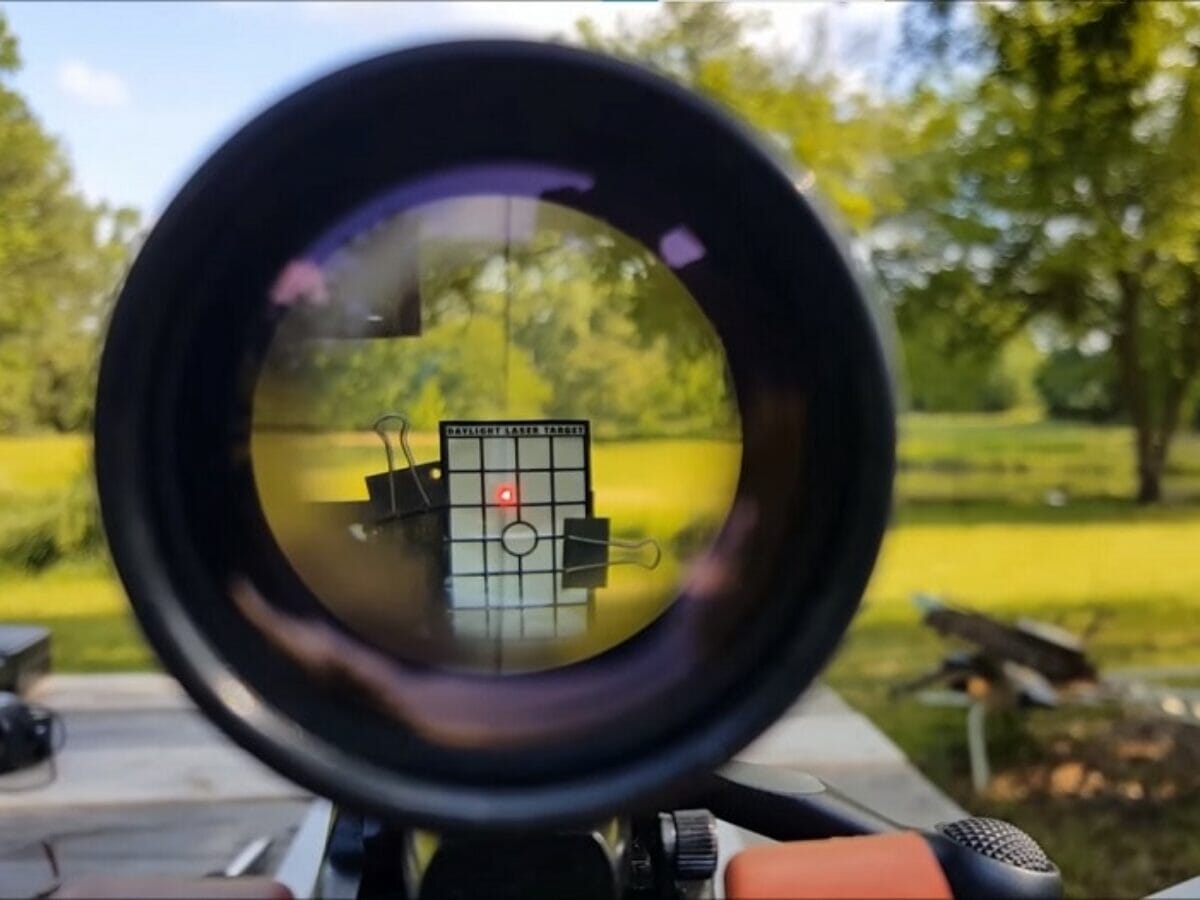
The Secret to Consistent Accuracy: Zeroing Your Scope with a Laser Boresight.

Co-witnessing 101: The Importance of Aligning Iron Sights with Rifle Scopes
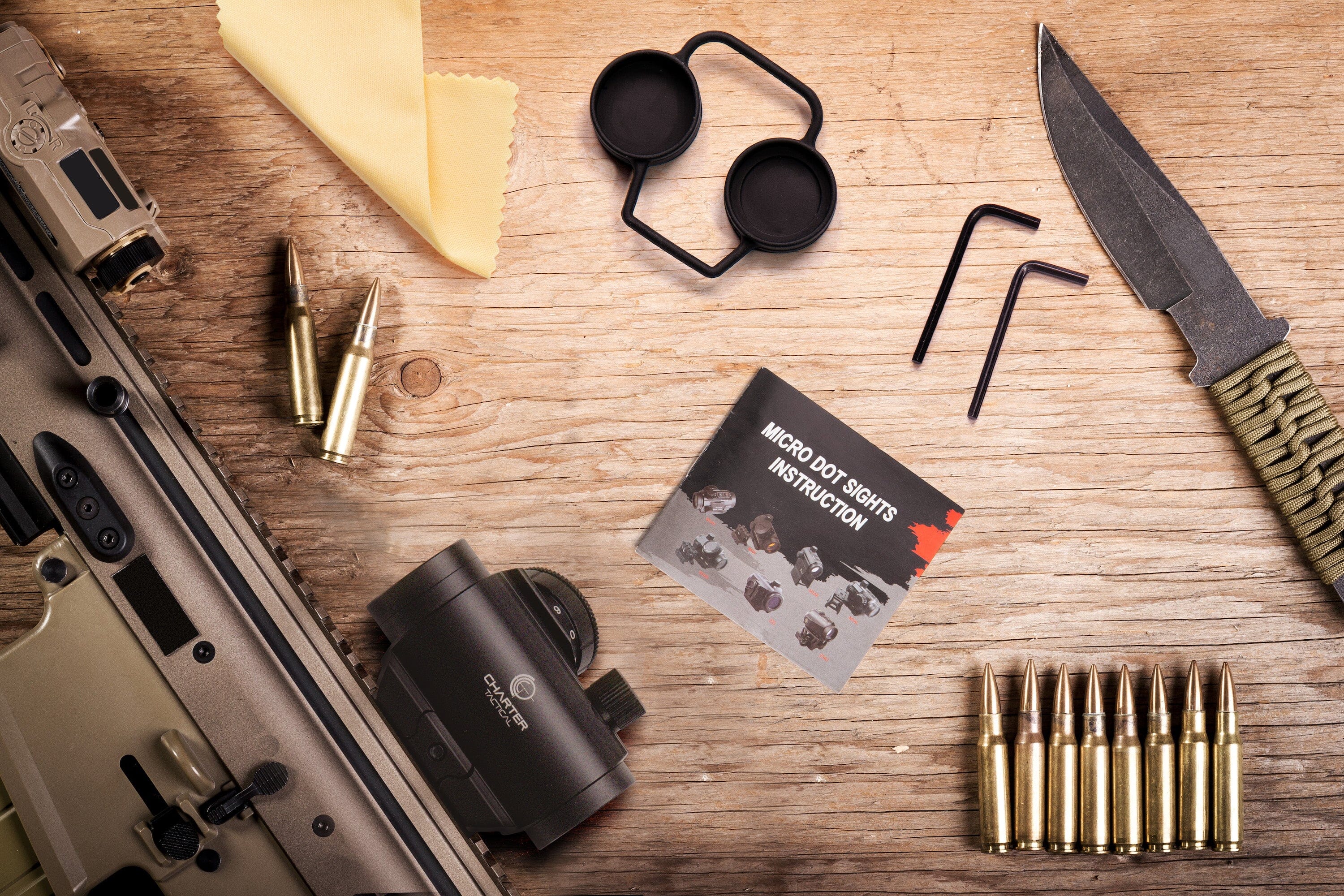
Hit the Bullseye: A Beginner's Guide to Zeroing Your Rifle Scope.
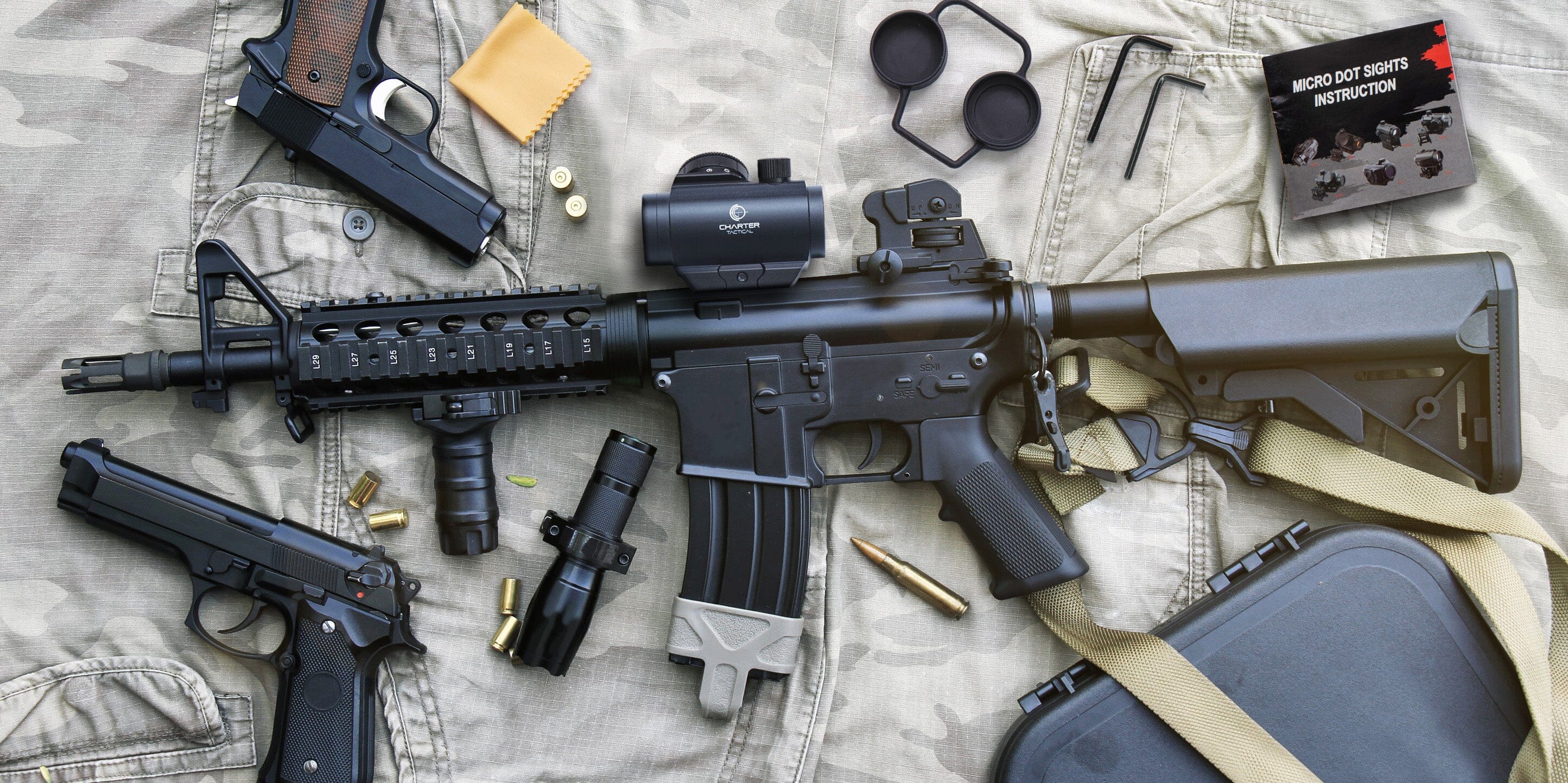
First vs. Second Focal Plane Scopes: Which is Right for You?
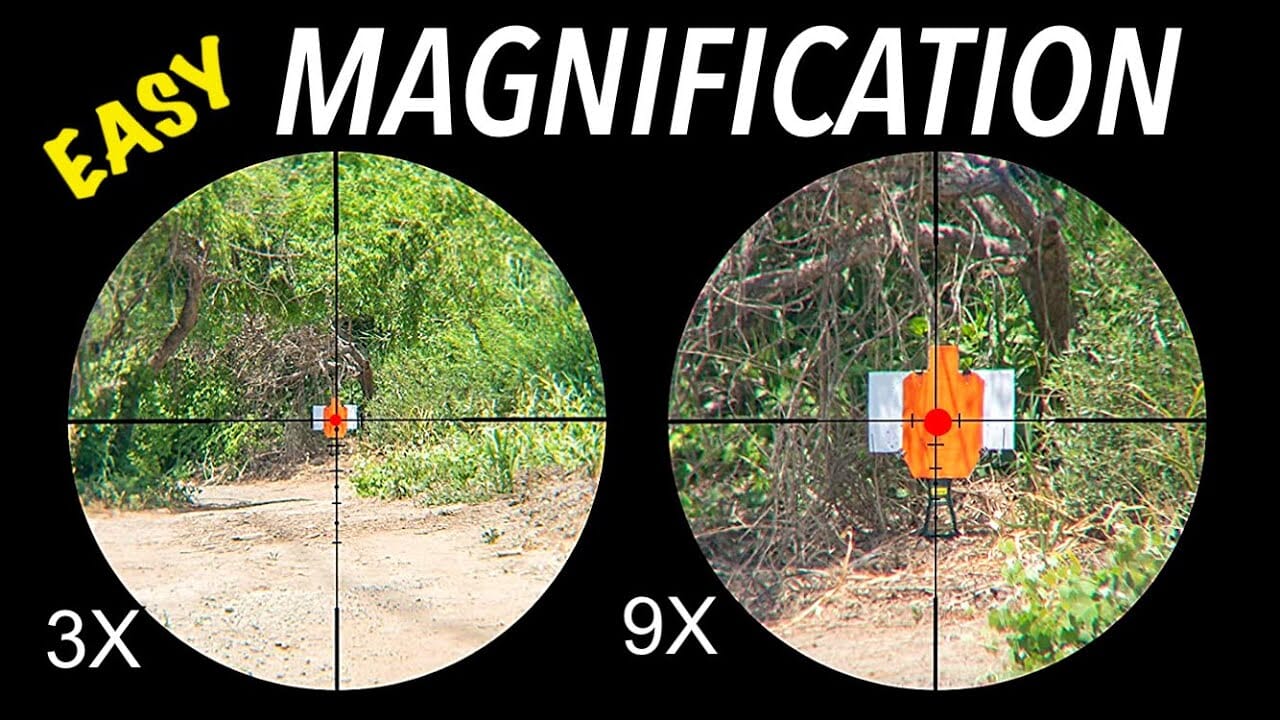
Maximizing Your Shooting Accuracy with Right Rifle Scope Magnification.

Choose the right rifle scope for your needs: A breakdown of key specs.
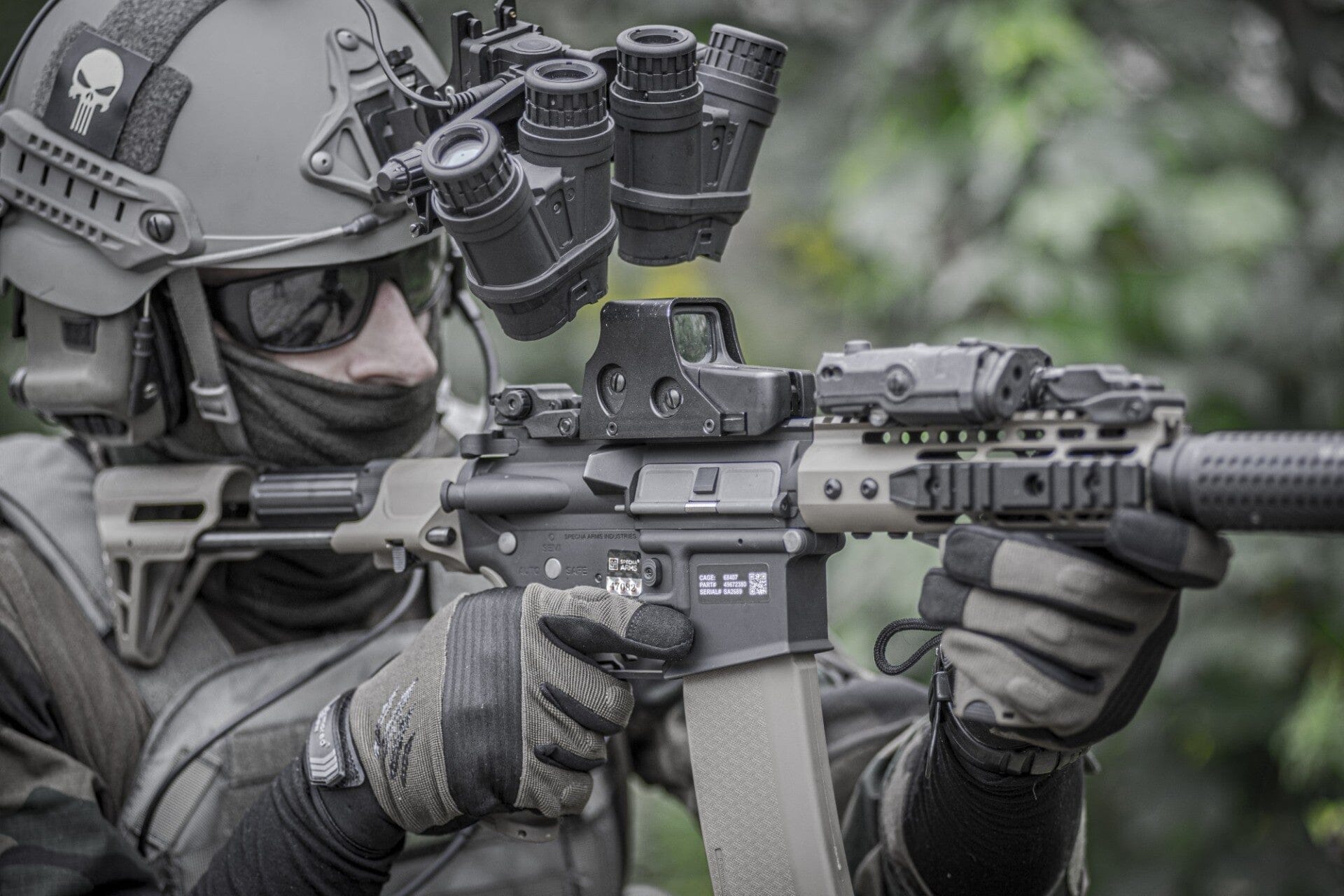
Optics 101: a beginner's guide to sighting devices for guns.
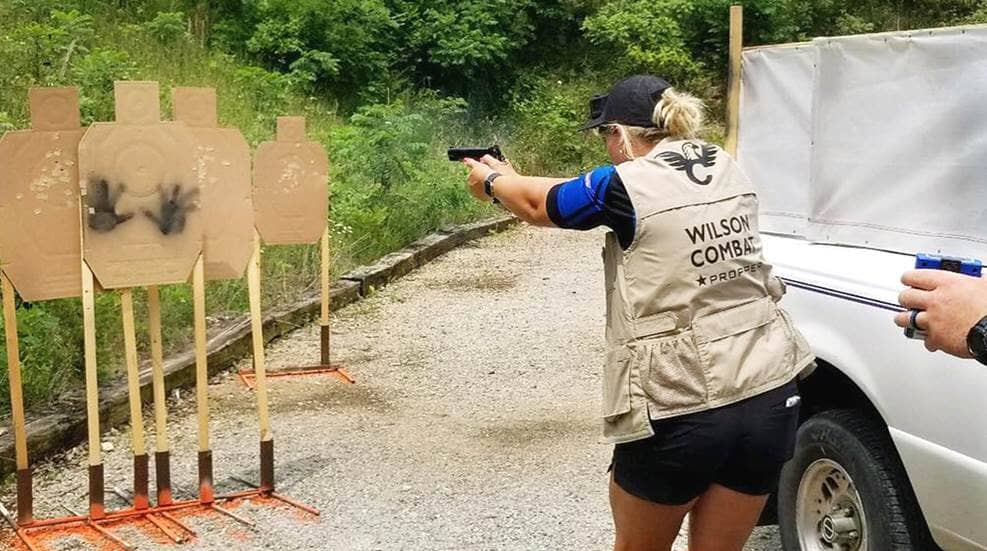
Become an IDPA Shooter: A Beginner's Guide
The International Defensive Pistol Association (IDPA) is a shooting sport that simulates self-defense scenarios and real-world encounters. It was developed to test the skills of shooters using practical equipment including full-charge service ammunition. If you're new to IDPA, you may be wondering where to start. Here's a beginner's guide to help you get started in this exciting and challenging shooting sport.
First, you'll need to find an IDPA club near you. IDPA clubs can be found all over the country, and you can find a list of clubs on the IDPA website. Once you've found a club, you can attend their matches and start learning the ins and outs of IDPA shooting.
Next, you'll need to familiarize yourself with IDPA's rules and regulations. IDPA has strict rules that govern the sport, including rules on equipment, safety, and scoring. It's important to understand these rules before you start shooting in IDPA matches.
You'll also need to invest in the right equipment for IDPA shooting. This includes a defensive pistol, holster, and other accessories such as mag pouches and a belt. You'll also need appropriate clothing, such as a cover garment and closed-toe shoes.
Finally, practice makes perfect! The more you shoot in IDPA matches, the better you'll become. As you gain experience, you'll be able to improve your skills and move up through the IDPA classification system. With time and practice, you can become an accomplished IDPA shooter.
So if you're ready to get started in IDPA shooting, follow these steps and you'll be on your way to becoming an accomplished IDPA shooter in no time. Good luck!
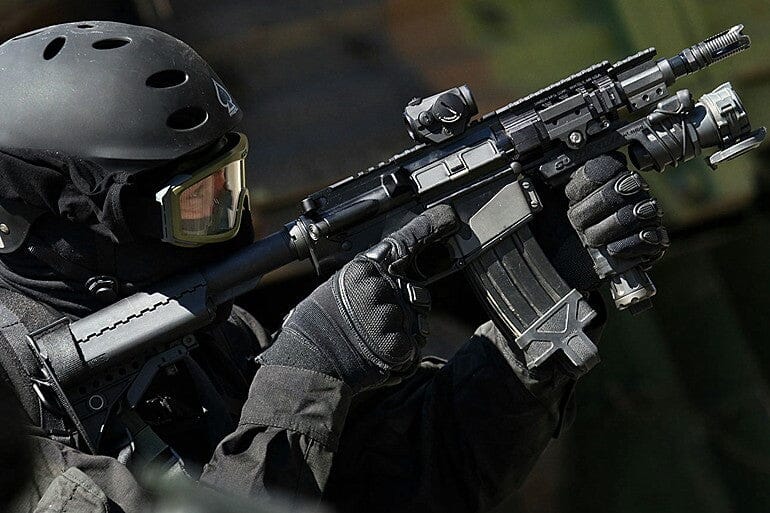
Maximizing your shooting performance with an open style red dot sight.
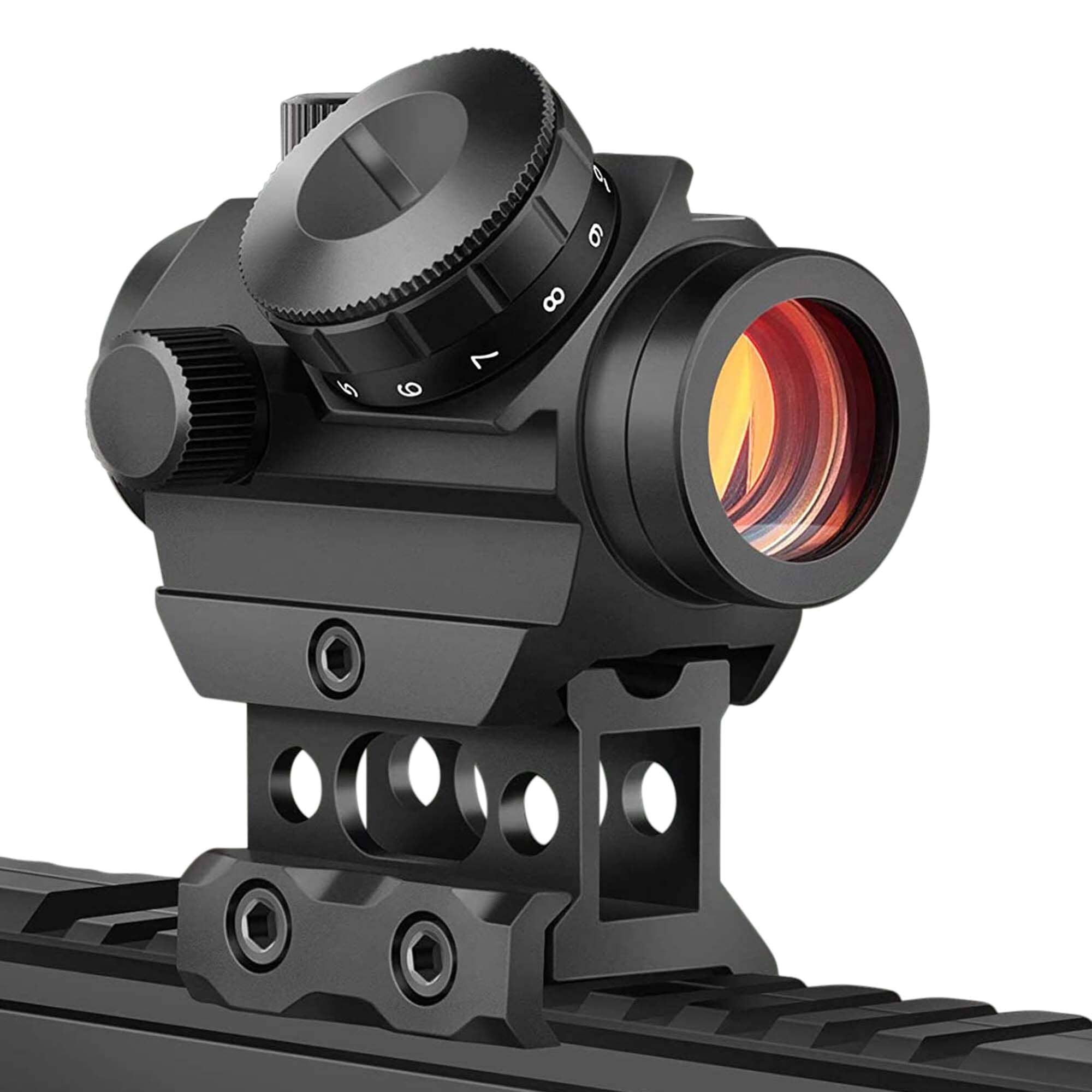
Tube-style red dot sights: The ultimate aiming solution for modern shooters
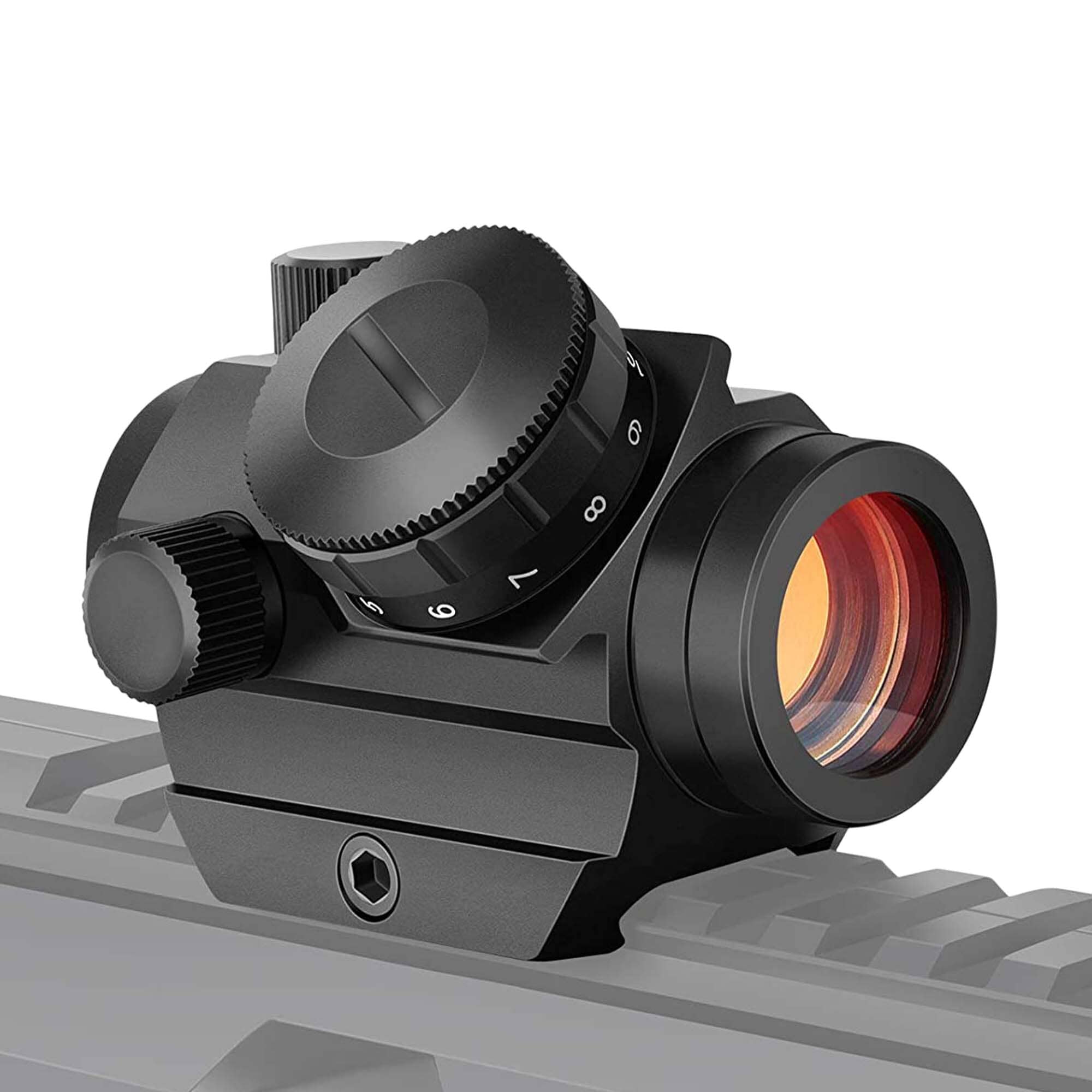
Red Dot Scopes: A Beginner's Starting Guide
A red dot scope, also known as a reflex sight, is a type of firearm optic that projects a red dot onto a lens, allowing the shooter to quickly and accurately aim their firearm at a target. These sights are popular for use on rifles, shotguns, and handguns for a variety of shooting applications, including target shooting, hunting, and self-defense.
There are several different types of red dot scopes available on the market, including tube-style, open reflex, holographic, multi-reticle, and miniature red dot scopes. Each type has its own unique features and benefits, and it's important to consider the specific needs and requirements of your firearm and your intended use when choosing a red dot scope. Factors to consider include the size and weight of the scope, the type of reticle it offers, its durability and resistance to shock and recoil, and its visibility and clarity in different lighting conditions. It's also a good idea to choose a red dot scope from a reputable manufacturer with a proven track record of quality and reliability.
